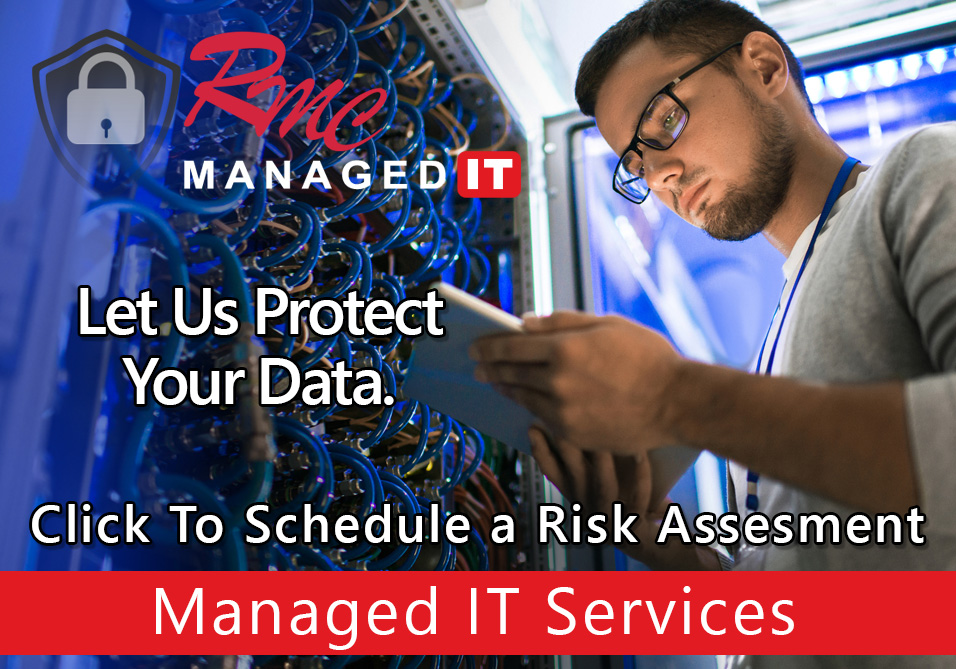Maybe it’s two people smiling and shaking hands in a boardroom, putting the finishing touches on a major business deal. Perhaps it’s somebody sitting on a sunny beach, toes dipped in the water as they pause to check an email, or even conference in to a major meeting. Or maybe it’s the person who leaves work at 5 p.m. every day, because they’ve quickly and efficiently made it through their work day in 8 hours.
There are many different types of successful employees, and information mobility is about enabling them all to succeed — with the right technology, processes and management. But what exactly goes into making your information work for you? And how can your business have real information mobility?
Here are some of the ingredients necessary for information mobility — and for business success in today’s new world of work.
EXECUTIVE SUPPORT
For an organization to succeed, you need a clear goal and vision for the future. And when you commit to a path, you need senior management on board and working in tandem. But when that doesn’t happen, it can have a significant impact on your business.
According to research released by IDC and commissioned by Ricoh Americas Corporation, the sponsor of WorkIntelligent.ly, there’s a huge gap between what IDC calls “Information Mobility Champions” and those companies who might be lagging behind. Champions are companies with strong information mobility, which enjoy higher revenues — up to $7,210 per employee — and significantly greater productivity.
For these high-performing companies, more than 90 percent of respondents said that they received senior management support for mobility initiatives. These include providing effective communications platforms for collaboration, automating workflows and enabling mobile technologies like smartphones and tablets with the right tools and apps. In contrast, fewer than 40 percent of other companies said they had this senior management support.
Without this senior management support, it’s very difficult for any sort of change to take root within a company. Get your entire team on board and move forward as one.
UP-TO-DATE MOBILE TECHNOLOGY
“Life moves pretty fast.” Considering that it’s been 30 years since Ferris Bueller uttered these iconic words, one has to wonder what he would think of the world of today. There’s no slow march forward when it comes to technology. Instead, advances come by leaps and bounds — and the speed of change continues to increase. A state-of-the-art device may be obsolete within a couple of years. And new functionality is constantly being tested and added to mobile devices, many with relevance to your business.
Investing in new technology all of the time can be a significant drain on your resources. And it’s impossible to be entirely future-proof. But you can choose tech solutions that can provide utility and value for quite a few years after purchase, or that have means to easily and effectively upgrade and improve these tools in order to accommodate new functionality.
Ultimately, your choice of tech matters. Consider your business needs and do your research. And don’t be afraid to bring in a partner to support this effort and provide recommendations. Often, they’ve seen what’s worked and what hasn’t, and can provide insights that it may be impossible to find from a wholly internal search.
COLLABORATION TOOLS
In our globalized world, businesses are looking across borders at future growth opportunities. Nearly half of workers say they work remotely for more than half the workweek. And in looking to break down silos, companies are seeking ways to better share information between departments and different lines of business.
What do these three things have in common? They all have spurred the need for greater collaboration in your business. Whether your employees are working from home, traveling in a foreign country or working with other departments, workers today must have the means to interact with each other and effectively share and transform information — from anywhere, at any time. And as workforces become increasingly mobile, this need will only strengthen.
AUTOMATION
Nobody enjoys busy work — not workers, not management, and certainly not the people who balance the books. Because busy work isn’t productive work. And when employees aren’t productive, they’re not contributing to company growth.
There are a number of areas within a business where automation makes sense. But often, the best place for automation can be workflow processes — order processing, reporting, budget management. There are a number of tools out there for businesses to speed up workflows in these areas, allowing your workers to spend less time on those and more time on growing your business. Being able to effectively use and manage information to improve these processes — that’s a key element of information mobility. And when you can effectively manage the flow of information through your business, you see benefits in all areas: customer service, sales, finance and more.
PEOPLE
It doesn’t matter what business you’re in — the greatest resource is your people.
There is a large amount of importance of understanding how your workforce is changing, how they prefer to work, and what drives workers to be happier and more productive in their jobs. If technology and information management are the boat rescuing you from the storm, then this understanding of your workforce is the lighthouse that’s guiding you to shore.
So when you read articles like these, keep in mind that human beings are different, and what works for one business may not work for another. Take the time to learn about your workers and what drives them. The tools that help them succeed. The challenges they face and how they feel the company can help them overcome those challenges. It’s from this understanding that every business can achieve its greatest successes.
WHAT’S NEXT?
Information mobility isn’t something you can buy. It takes work — choosing the right technology to effectively manage, share and protect your critical business data, understanding how your workforce is changing and how they prefer to work, and the steps you need to take to best reach your business goals. There are major benefits to undertaking this process and becoming an information mobility champion. But in the new world of work, information mobility isn’t just something that’s nice to have. Increasingly, it’s a necessity. Keep these ingredients in mind, and you’re already well on your way.






Leave A Comment
You must be logged in to post a comment.